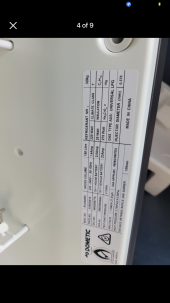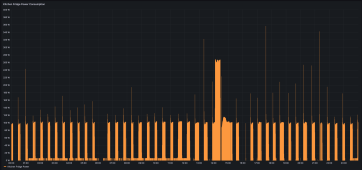Datsolarboi
New Member
This label confuses me, how many Wh does this fridge use? Why does it draw different amps from a car vs house battery?
Furthermore what if I had a 24 or 48v system- does this fridge not work on dc power in that case?
I’m trying to figure out my battery bank and panel requirement but I’m having a hard time with all these different variables. Please send help!

Furthermore what if I had a 24 or 48v system- does this fridge not work on dc power in that case?
I’m trying to figure out my battery bank and panel requirement but I’m having a hard time with all these different variables. Please send help!




